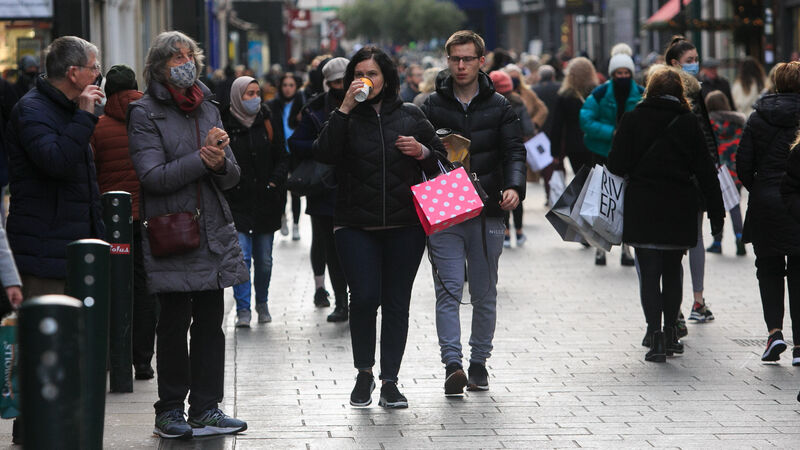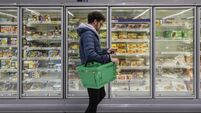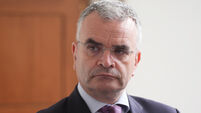Already at 13-year high, consumer prices may spike to 4.5% in winter

Consumer prices #are surging from a perfect storm of sharp increases in oil and gas prices amid low stocks of gas that power stations use to generate electricity.
Driven by surging household energy costs, inflation reached a 13-year high of 3.7% in September, and further sharp increases are predicted to be on the way, when this month's oil and gas price hikes are passed onto consumers this winter.
Consumer prices in most of Europe and around the world are surging from a perfect storm of sharp increases in oil and gas prices amid low stocks of gas that power stations use to generate electricity.
Making matters worse, there are global shortages of a huge range of products from building bricks to semiconductors as the global economy emerges from the Covid crisis, while Asian factories, shipping lines, and ports struggle to keep supply chains running.
The Irish headline rate of inflation will likely peak at 4.5% this winter, reflecting higher oil and gas price already in the pipeline, and then start to level off, said Austin Hughes, chief economist at KBC Bank Ireland.
Detailed CSO figures starkly underscore the pressures Irish consumers are facing with energy costs.
CLIMATE & SUSTAINABILITY HUB
Sub-categories show that the costs of energy products rose 1.3% from August, by 6.7% in the last three months, and were 18.4% more expensive than September last year.
That has fed fears that the era of low consumer price inflation, and cheap food, remarkable features of the European economy for years, are drawing to an end, although central banks around the world maintain that price hikes will ease as the global economy readjusts next year.
"While some transitory features will abate, there are broader inflation pressures that are clearly more persistent," said Dermot O'Leary, chief economist at broker Goodbody.
"Food prices are rising at a much slower pace than prices generally, but there are signs that this may soon change," he said.
Mr Hughes said the starkness of household energy costs is shown in the contrast between the cold northern and warmer southern Europe.
In September, Estonia posted one of the highest inflation rates in the eurozone at 6.7%, while Malta posted only a rise of 0.7%.















